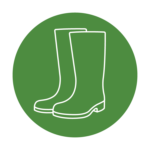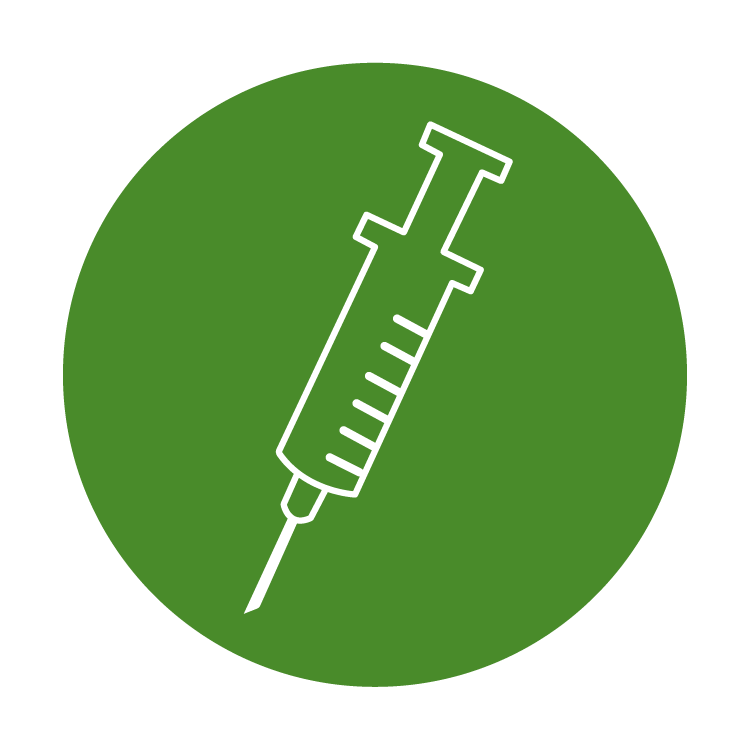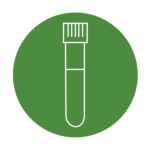Certificates of Veterinary Inspection
During an FMD, CSF, or ASF outbreak, Regulatory Officials will issue movement permits for animals and animal products (semen) moving into, within, and from a Control Area. All interstate movement requirements for animals must be met as they are during “peace time”.
For premises outside a Control Area seeking to move animals, the receiving state may require a movement permit issued by the Regulatory Officials or a Certificate of Veterinary Inspection (CVI) issued and signed by an accredited veterinarian. Discussions are ongoing as to which method of tracking animal movement will be used in an outbreak once livestock movement is restarted.
When CVIs are used during an outbreak, the stakes are high that interstate movement criteria are met. The criteria are described on the Regulatory Officials’ movement permits page.
At all times, accredited veterinarians are obligated to follow the Code of Federal Regulations, Title 9, Section 161.4, meeting all the standards for accredited veterinarian duties, specifically (f), (g), and (h) as it relates to reporting suspect cases, taking measures of sanitation to prevent spread of disease, and staying informed on regulations governing the movement of animals.




